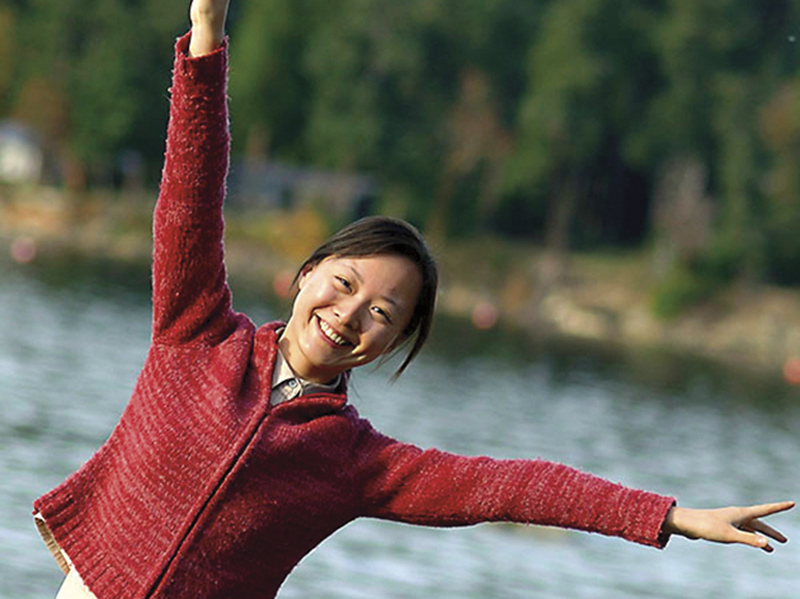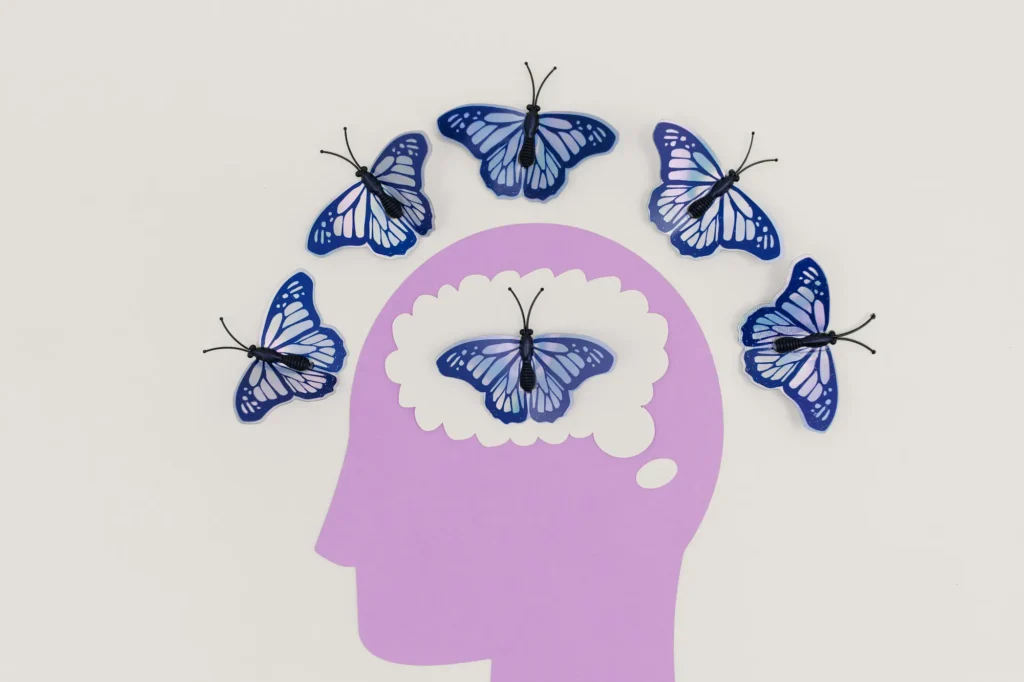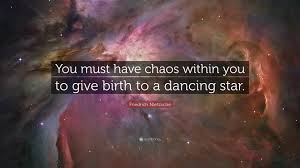Beyond Talk Therapy: The Haven’s Unique Body-Mind Approach
Are you interested in what sets The Haven apart from other retreats, centres, and seemingly similar personal growth and development opportunities? The excerpt below is taken from The Illuminated Heart, by our co-founders, Ben Wong & Jock McKeen, and provides insight into how and why our approach integrates both mind and body, and Eastern and Western approaches.
11.6 Wilhelm Reich and Approaches to the Body (p. 99)
“There is a unity between body and mind. I followed this track and I found that you reach out with your life energy when you feel well and loving, and that you retract it to the center of your body when you are afraid.” – Wilhelm Reich
Freud and most of his contemporaries saw psychotherapy fundamentally as a mental process involving verbal communication and imagery. Almost no attention was paid to the body, except when it produced physical symptoms that might be relieved by addressing the psychological level. Even today, “talk therapy” of one form or another (in addition to drug therapy) continues to be the norm.
However, body-oriented approaches also developed during the 20th century. We ourselves have been most influenced by the work of Wilhelm Reich, Alexander Lowen, and Ida Rolf. These approaches to the body have added a rich dimension to counselling, therapy and education (and, indeed, to the training of actors, dancers, and musicians). These pioneering theories have shown a clear link between mind and body, overcoming the historical separation that has influenced Western thinking for centuries. Alexander Lowen writes:
“The body is not simply a vehicle for the mind, with the mind a separate force acting upon it. Instead, spirit is inherent in the living tissue.”
Some practitioners go so far as to focus primarily on the body, and take a very straightforward approach to enhancing self-awareness of the physical dimension of being, with the unified body-mind concept. Stanley Keleman, for example, writes:
“What I’m trying to do is bring each person into more intimate contact with himself – with his own body. I do this by working directly with the body. You are your body, period. That is my working principle.”
From our earliest professional days, we have studies many styles of growth and therapy that were definitely not in the mainstream, including body approaches. Our investigation has included sessions in Reichian breathing, both as trainees and as clients of Reichian practitioners. We both had a series of Rolfing, which involves very deep (and often painful) tissue manipulation, so that we could have the first-hand experience of this controversial approach. We attended seminars and workshops in psychodrama, Gestalt, dream work, psychosynthesis, Tai Ji, yoga, massage, and a host of other approaches that involve the body. We practiced on each other to learn the effects of these unusual techniques from both sides, practitioner and client. We were especially impressed with the potency of breath approaches, and began to utilize them in our practices. We developed a technique set, which we called “bodywork” – an amalgam of approaches from acupressure, Reichian breathing, Rolfing, and other styles – and were gratified to find that our clients made rapid progress.
The goals of conventional psychotherapy are often limited to addressing various emotional blockages and family-of-origin issues. We think this is usually only a beginning, and further work involves learning about creativity and self-expression. Thus, the programs we developed have included diverse methods, including writing, music, body awareness, dance, expressive movement, yoga, and Tai Ji.
We have also integrated energy approaches from Chinese medicine into our work. Western medicine is grounded in the assumption that the physical reality is fundamental, and energy is a bi-product of this basic physical reality. Classical Chinese medicine functions from a radically different perspective – energy is primary, and all other dimensions of reality (including the physical) are expressions of this basic energy.
Bodywork can help a person have a new experience of life in the physical being, to become present and vital and connected. But we caution people not to see bodywork as an end in itself. To us, it is an important tool for helping people to get in touch with themselves deeply and significantly. But ultimately, the change that needs to occur is not just release or enhanced vitality. People need to reorient themselves from a defensive, self-centred perspective into a more relational and social attitude, becoming citizens of their community, and, ultimately, the world. Thus our work integrates body approaches with interpersonal communications, dialogue, and self-expression.
If you’re interested in experiencing this unique amalgam of mind-body, breath, and energy work, we recommend learning more about these programs specifically:
Haven-style Body, Breath, & Energy Training with Linda Nicholls & David Raithby
Come Alive, our 5-day flagship program developed by Ben & Jock
Living Alive Immersions series developed by Ben & Jock






